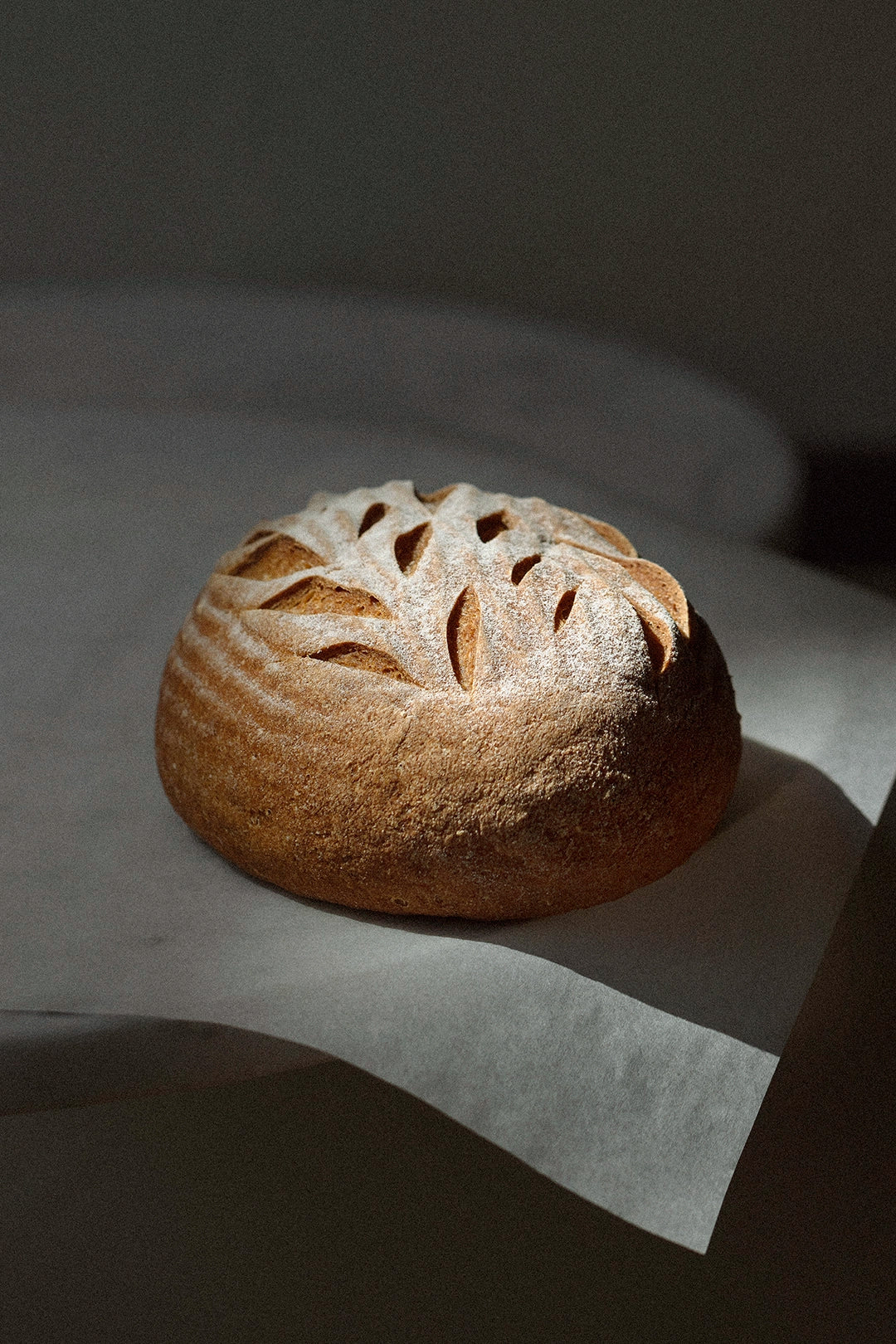Freshly baked bread is one of life's biggest joys, but it does have one considerable weakness – a relatively short shelf life. If you don't eat it straight away it gets stale, loses most of its good qualities, and starts growing mold, especially in summer and fall months, as heat and high humidity directly contribute to bread spoilage.
What is the best way to store bread to keep it fresh and crispy for longer?Opinions may differ. Some put it in the refrigerator, some use bread boxes, but others store it in plastic bags. Each loaf of bread has its own character – freshly baked gluten-free bread has different storage rules than store-bought bread.
Here are our five tips on how to store your favorite bread and keep it fresh and crispy for longer.
Choose an air-tight environment
An unwrapped loaf of bread starts getting stale in about 10 to 15 hours, so it is important to keep it in a closed container or bread box, as air circulation speeds up the staling process.
A bread box made of natural material will help the bread retain its freshness and nutritional qualities. Mold thrives in airy, warm locations, so look for cool, dry areas to keep your bread box, and make sure to wash and dry it at least once a week. Bread can also be stored in cotton or linen bags, which will allow it to breathe while protecting it from external moisture.
If you don't have a special bread box or cotton bags at home, you can leave the bread in the same package you bought it in, wrap it in a clean kitchen towel, or in foil – this way it will stay fresh for 2-3 days.
Do not keep bread next to other products
Bread absorbs the smells and tastes of its surrounding environment, so pay attention to what food and products you put next to it. It is even recommended to keep rye and white bread separate, otherwise, rye bread will taste like white bread and vice versa. Avoid keeping vegetables, fruits, or berries near bread, especially at the end of summer and in the fall season, when insects are more active and tend to settle in the most undesirable places.
Freezer – the best long-term solution
If you have too much bread at home, or you know you won't eat it in the next few days, you can cut it into slices, wrap it in foil and store it in the freezer. The slices can then be put in the toaster or defrosted at room temperature and eaten right away, as they will be soft and fresh only for a few hours. Gluten-free bread can be stored in the freezer for up to one month.
Fridge – not recommended
Rye bread can be stored in the fridge, but it is not recommended to keep other bread in there for a longer time, because room temperature is a much better fit for it. Bread will also lose most of its taste and smell characteristics while placed in the fridge.
Never put freshly baked and still hot bread in the fridge – the steam will build condensation in the package, creating an excellent environment for mold. In addition, bread that is stored in the fridge will absorb all of the surrounding odors, so if you choose to put it there, keep it in a closed container or bag.
Tips for emergencies
If life happened and you forgot about all the above-mentioned tips and found your favorite loaf of bread completely stale – there is a way to make it soft and delicious. Wrap the bread neatly in moistened baking paper, place it in the oven, and heat it at 180 degrees until the baking paper dries. This way, the loaf will absorb all the moisture and become soft and crispy, however, a bread loaf “treated” in this way must be eaten right away.
Taking into account these five tips, you will be able to enjoy fresh bread for longer – a good choice for your wallet and the environment!
